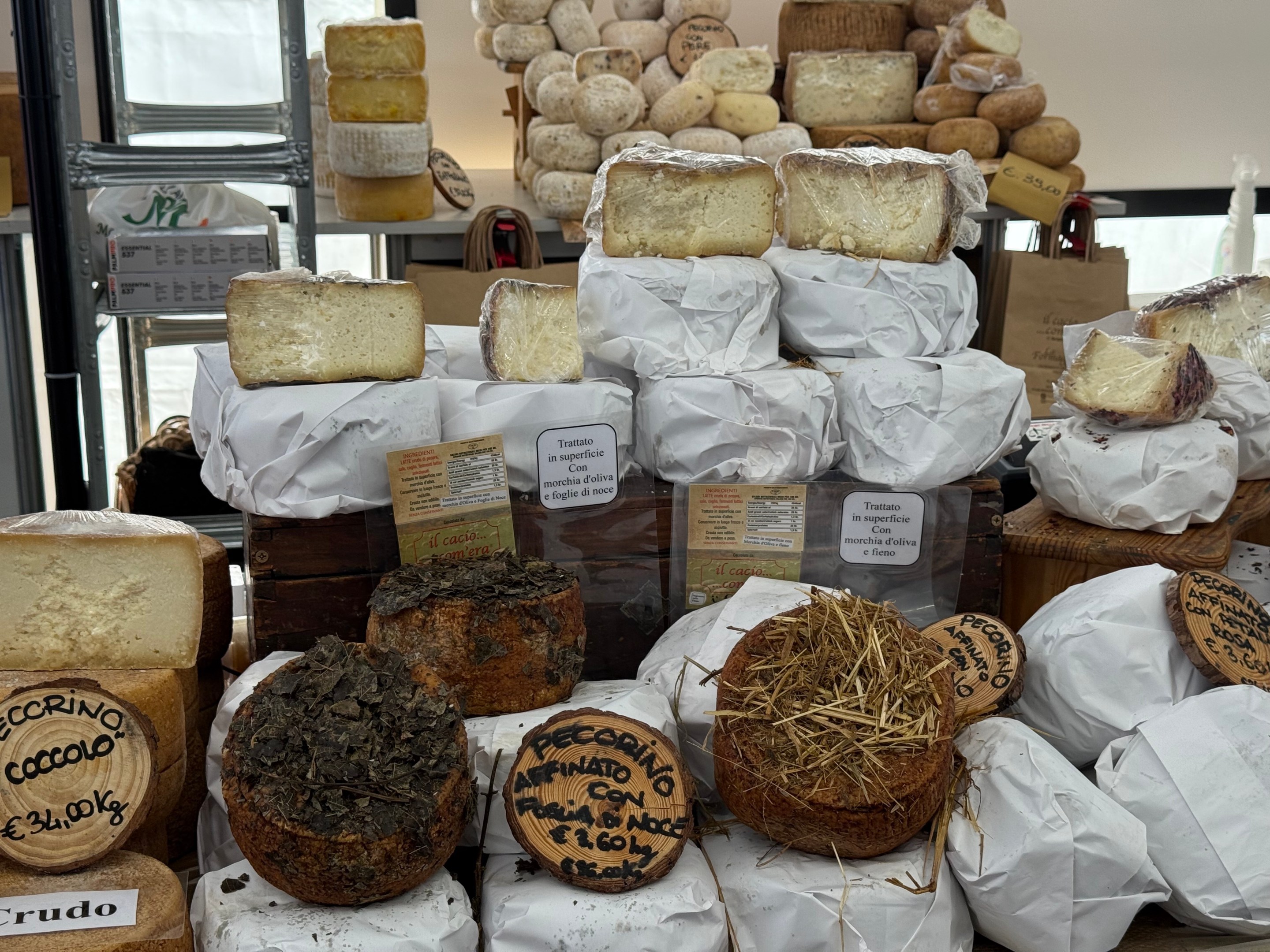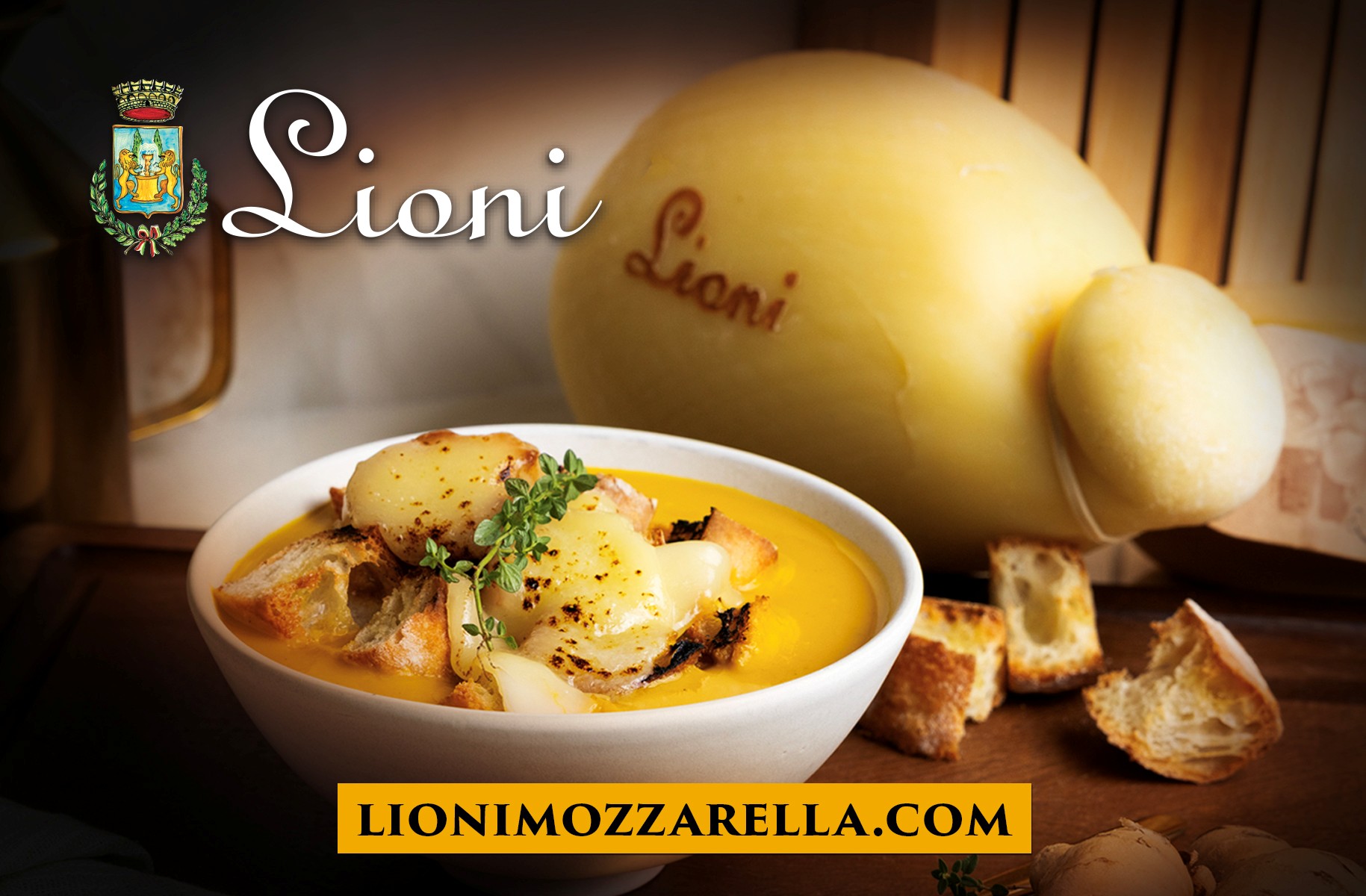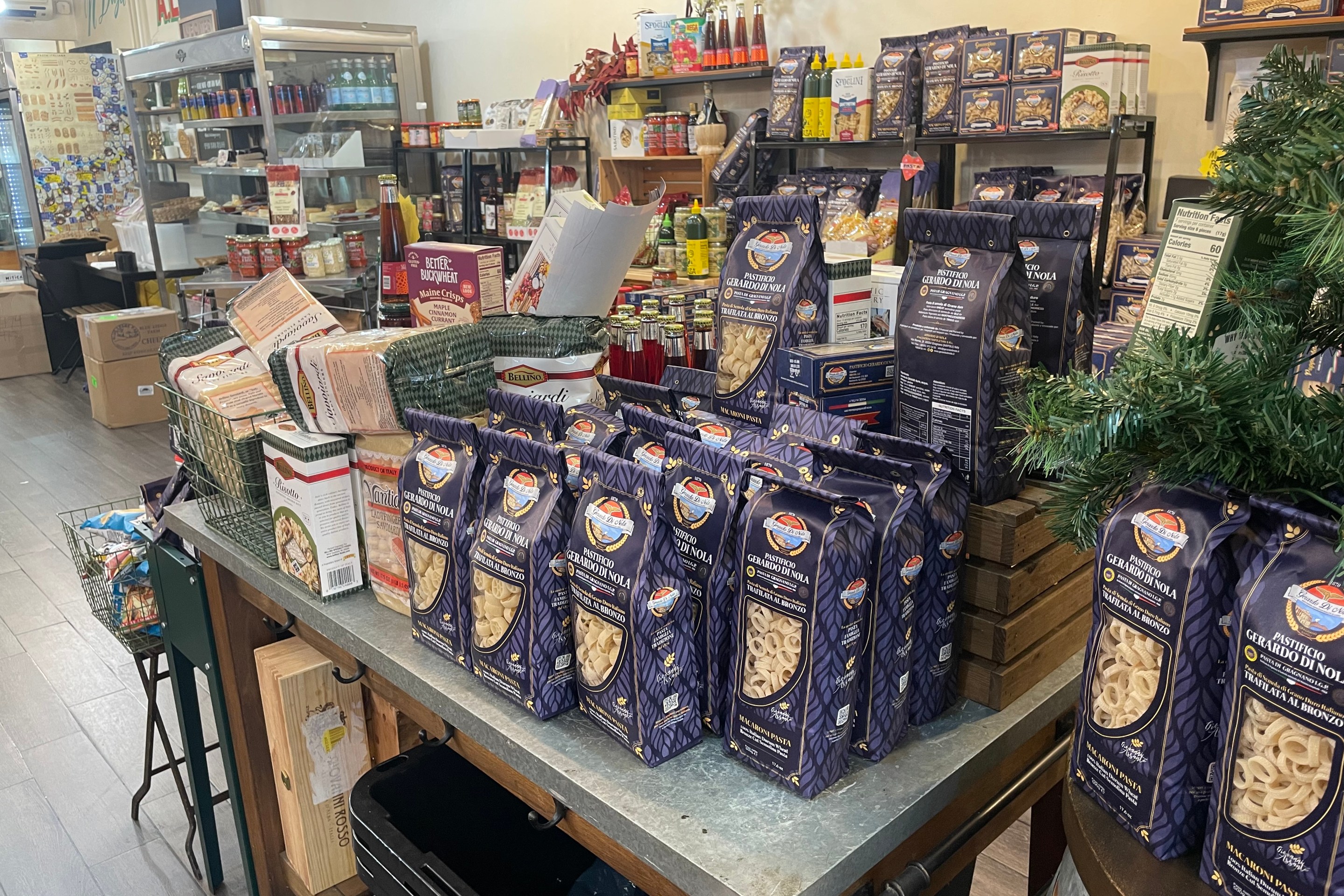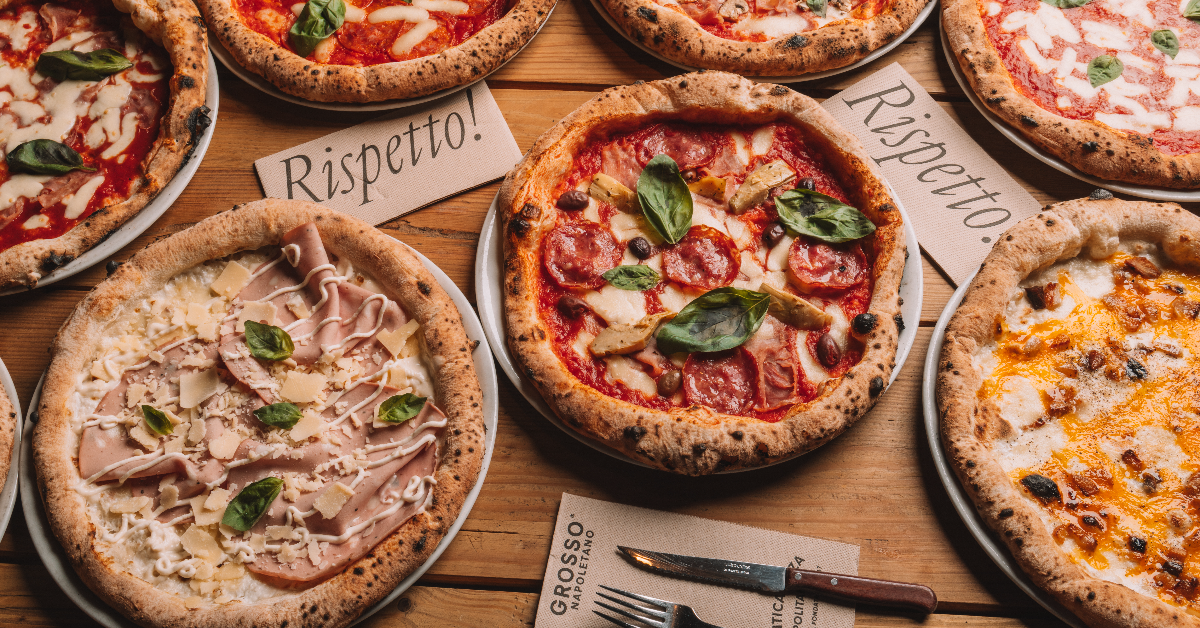In the crowded Puglia tent, I weave through a hungry crowd, hearing Italian, German, and Portuguese as I edge toward the counter for my first bite at Cheese. I sink my teeth into rich buffalo mozzarella with a depth of flavor normally reserved for wine. In the cream, I taste the wild earthiness of grass and a slight tang as the milky whey drips down my chin. I am transported from Northern Italy to the terroir of the southern coast, and Cheese has begun.
Cheese is the largest raw milk cheese festival, with a marketplace, events, and workshops that consume the village. On most days, Bra is a sleepy town in the hills of Piedmont, hardly a blip on the radar of visitors who prefer nearby Alba, known for truffles and hazelnuts.
But, once every two years in September, the village is transformed into the world stage for raw milk cheese, attracting international crowds of producers and cheese-lovers to the free public festival. It is hosted by Slow Food, the organization founded to preserve local food traditions and support small producers.
The World Around Cheese
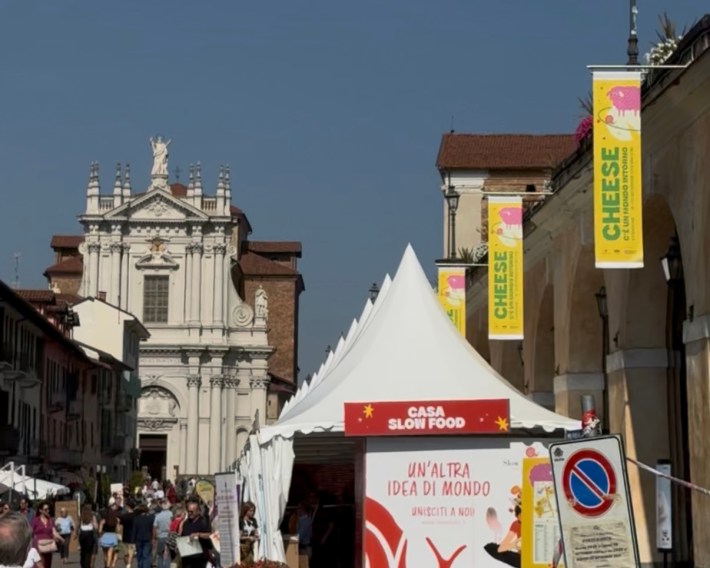
The theme of this year’s edition was “C’è un mondo intorno,” which means “there’s a world around,” highlighting the human and natural elements that make cheesemaking special, beyond the dairy itself. The producers presented exclusively raw milk cheeses crafted with natural cultures, mindful of animal welfare, and sourced from biodiverse pastures, all in keeping with Slow Food’s values.
The Natural World
Raw milk cheese is made without pasteurization, a heat treatment to kill bacteria that came about in the 19th century to allow for greater quantities of production and shipping. Although pasteurized milk is now standard, raw milk cheese has a more intense flavor and a deeper connection to the natural world.
Raw milk flavor reflects what animals graze on, introducing a taste that varies based on seasonality and terroir. Fresh local grass, animal grazing, and biodiverse pastureland directly impact the properties of raw milk cheese. Where industrial methods homogenize, in the variety of animal breeds, animal feed, and gut-healthy microbial content, raw milk cheese celebrates biodiversity.
By maintaining and supporting these production methods, Slow Food encourages the preservation of animal breeds, grassy pastureland, and bacterial biodiversity. In the face of limited scalability and export constraints, community engagement is key to this preservation.
The Cultural World
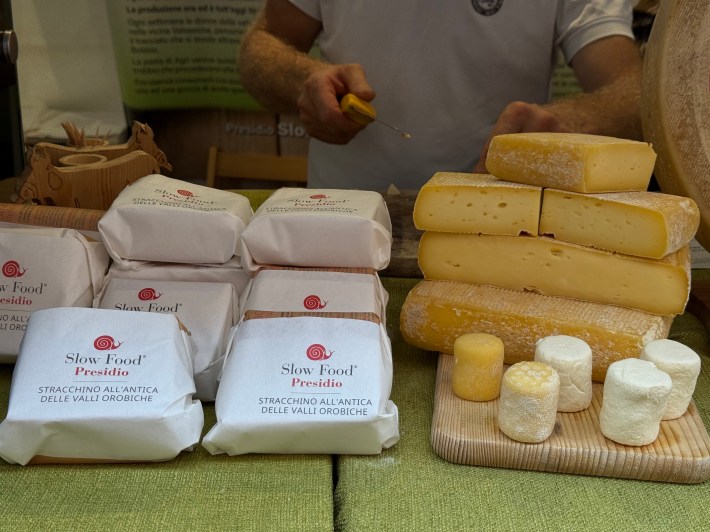
Cheese brings together the dedicated artisan producers to collaborate and connect with the community through tastings, workshops, conferences, and activities. This is a platform for cheese artisans to support each other in navigating changing regulations, cost variability, and environmental challenges.
Their mission is also deeply connected to producers in other, adjacent industries. Winemakers, farmers, chefs, and hospitality professionals from around the world participate in the event, knowing that preservation in the cheese food system is vital for their livelihoods as well.
Welcoming in the Bra community, plus a massive audience from cities in Italy and beyond, the festival is an example of how to engage consumers and demonstrate the socio-economic value of local agricultural production. The in-person event allows consumers to connect with the terroir that might not be a daily sight in their city lives, and lays out the complex world of artisanship and nature that calls for a higher price point.
The World Around Food
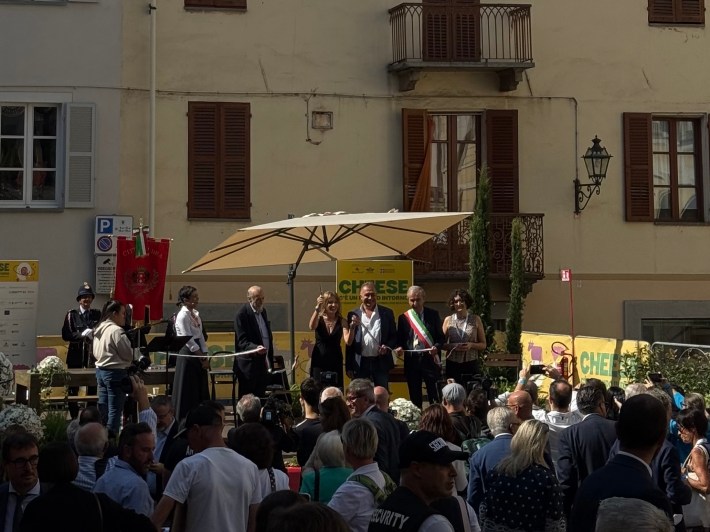
Cheese is a reminder that food is never just what ends up on our plates. Each wheel and wedge carries a story of land, culture, and communities that keep traditions alive. In a global food system that often prioritizes uniformity and efficiency, events like Cheese highlight the importance of biodiversity, ethical practices, and consumer awareness.
As policies shift and challenges mount, the choices consumers make become increasingly powerful. Supporting small and slow producers is not only about great flavor, it is about sustaining landscapes, protecting heritage breeds, and valuing artisanship. The festival in Bra offers a hopeful model for bringing awareness to the food system. It calls us to taste slowly, think critically, and care for the ecosystems and people that shape our food.
